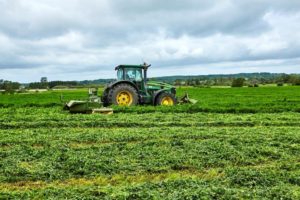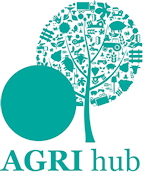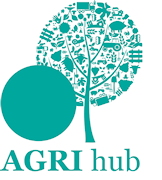 Farmers could cut costs and boost production by utilizing more home- grown protein.
Farmers could cut costs and boost production by utilizing more home- grown protein.
According to DLF, meeting livestock’s protein needs from home-grown legumes rather than purchased soyabean or rapemeal can maintain meat and milk production while cutting purchase and transport costs.
Legumes include crops such as clover and alfalfa, which are cultivated throughout the world and can be adapted to most farming systems to provide a continuous protein supply. “Growing legumes in grass mixtures is the easiest way to improve forage protein content,” explains David Rhodes, technical manager for DLF seeds. “Being able to grow protein yourself also increases farm self-sufficiency and provides some protection from fluctuating market prices for protein substitutes.”
Imported soyameal still holds a monopoly as the highest protein content feed, but it is expensive, and new plant breeding techniques mean home-grown legumes can now really hold their own, says Mr Rhodes. “These have been specially bred to be high in protein and valuable minerals, while also being easier to grow than their predecessors through improved vigour and disease resistance. As legumes, they will also contribute to soil nitrogen for the following crop.”
So what are the choices? “With clovers, the main options are white and red clover depending on the growing conditions,” says Mr Rhodes. “Both are highly digestible and productive, producing a sward with 17-19% protein.” White clover has good persistence and is the natural choice in mixes for grazing due to its small leaves, lateral growth habit and tolerance to close cropping. Red clover is better suited for cutting and ensiling due to its aggressive upright growth. Under dry conditions it performs extremely well as it has a prolific rooting system.
Alfalfa – also known as lucerne – is another option that is worth considering as newer varieties are both reliable and efficient. “Most alfalfa varieties contain 18-20% protein compared with 14% for grasses and 9% for maize. It can also be grown with grass which can produce an optimal energy-to-protein ratio,” explains Mr Rhodes. Having a deep rooting system it has a stable yield even in periods of drought, it is highly digestible for both cows and horses and can be made into good silage that is easy to store for long periods.
“Breeders are working continually to improve yield, protein content, disease-tolerance, persistency and digestibility of legumes – and to develop varieties for all soil types and climate,” he adds. “The result is a comprehensive range of high-performance varieties that repay the investment in establishment many times over.”
For help in choosing legume and grass varieties, download the DLF app at https://www.dlf.com/about-dlf/newsletters/prograss/2017_11_seed-variety-app_launch.aspx.


